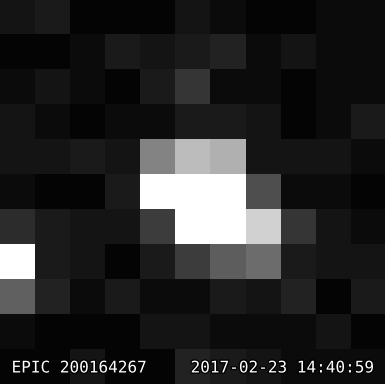Kepler has found thousands of planets, but it’s done it all with fairly simplistic technology: a photometer that images each star as a few pixels and waits for the light to change in those pictures, signalling a planet moving across.
NASA has turned the little photometer that could toward TRAPPIST-1, the system of seven planets around a star only a hair bigger than Jupiter. The idea was to gain a better understanding of the TRAPPIST system and to look for more planets, if any are to be found.
Kepler has now returned that data. While fully processed data won’t be available until late May, it could help figure out the mass and orbital period of the seventh planet, which has proven elusive to astronomers.
Source:Universe Today










